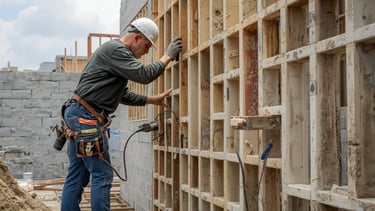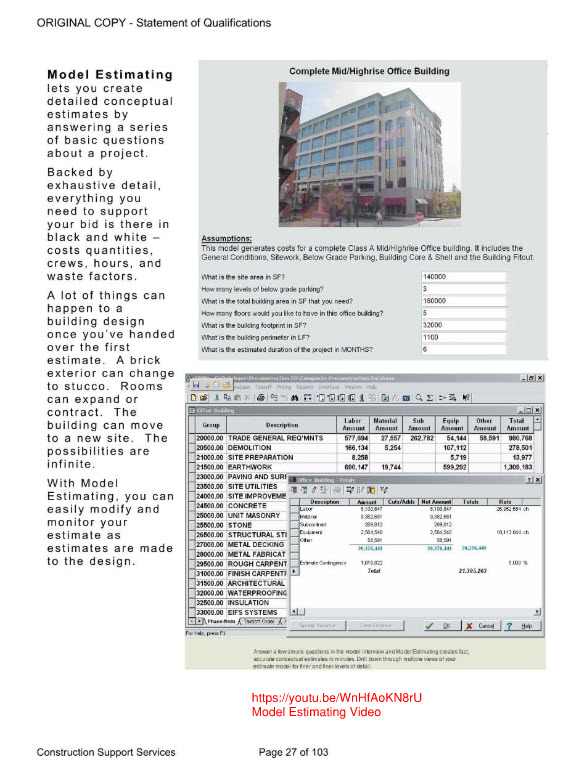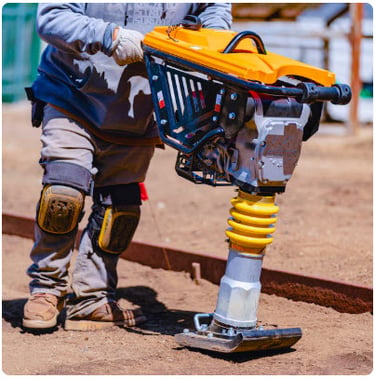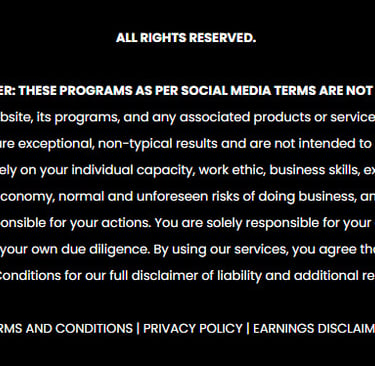Hidden Keys
The Hidden Keys to Success in Construction
10/11/20254 min read
The Hidden Key to Successful Construction: Accurate Cost Estimating
Introduction
Over the years, I’ve worn many hats in the construction industry—Journeyman Carpenter, General Contractor, Cost Estimator, Project Manager, and even Cost Estimating Trainer teaching others how to use software like Sage (formerly Timberline). I’ve been part of architectural teams bidding for contracts, worked on everything from residential projects to large-scale commercial, industrial, and university builds, and run my own company.
One common thread through all of these experiences? Cost Estimating.
Cost estimating is both an art and a science. At times, it feels like gambling—you’re betting on quantities, labor, materials, and subcontractors while hoping market prices don’t skyrocket, suppliers don’t go under, and accidents don’t occur. The stakes are high because you’re not just gambling with your own money—you’re managing someone else’s investment, and your reputation is on the line.
Done right, estimating can secure a contract, protect profitability, and build trust. Done wrong, it can bankrupt a company. That’s why accurate cost estimating truly is the hidden key to successful construction.
What is Cost Estimating?
At its core, cost estimating is the process of predicting the total financial resources—labor, materials, equipment, and overhead—required to complete a project.
The main components include:
Labor
Labor costs vary depending on whether your company is union or non-union, and what types of trades are involved. Carpenters, cement masons, laborers, teamsters, and heavy machine operators all come with unique wage rates, benefits, and tax implications. Getting labor costs wrong—especially workman’s comp or productivity assumptions—can devastate a bid.
Materials
Material costs can swing wildly due to inflation, supply chain issues, tariffs, or demand surges. Accurately projecting these costs is vital since they often represent the largest percentage of a project’s budget.
Equipment
Whether you lease or purchase equipment, costs like fuel, maintenance, and downtime must be factored in. Mistakes here can affect project timelines and profitability.
Overhead & Profit
Overhead covers administrative costs (insurance, office rent, staff), while profit ensures business growth and financial resilience. Failing to build these in can mean losing money even when you “win” the bid.
Why Accurate Estimating Matters
Prevents Cost Overruns and Delays – There’s nothing worse than watching a profitable job turn into a financial drain because estimates were off.
Builds Trust with Clients – A client who understands and accepts your estimate is more confident in your abilities.👉 Here’s a quick explainer video I created on how to explain your estimate.
Keeps Contractors Competitive – Lowball bids might win the job, but only accurate bids ensure you’ll finish with profit in hand.
Provides Clarity for Homeowners – Homeowners want transparency. Explaining estimates in plain language builds strong relationships.
The Cost Estimating Process
Conceptual Estimates – Early projections, sometimes based on scoping study plans. For a deeper dive, check out this video:👉 Cost Model Estimating from Scoping Study Plans.
Progressive Detailed Estimates – At 30%, 60%, and 90% design stages, takeoffs, labor hours, and vendor quotes provide more accuracy.
Contingencies – Unknowns are inevitable, but you don’t pad bids with guesswork. Instead, submit RFIs (Requests for Information) and generate Change Orders when scope changes. If schedules are impacted, a Time Impact Analysis (TIA) helps negotiate adjustments.
Final Bid Package – Before submission, hold a pre-bid team review: confirm bid documents, assign responsibilities (who delivers, who answers phones, who coordinates subcontractor input), and make sure nothing is missing.
Common Mistakes in Cost Estimating
Guessing – Experience matters, but “gut feel” is no substitute for hard data.
Underestimating Labor – Labor costs must reflect crew size, productivity, and realistic output.
Forgetting Overhead Costs – Failing to account for administrative and indirect expenses can wipe out margins.
Ignoring Delays & Changes – Don’t assume a project will stay on schedule—have a plan for extra money and time requests.
Relying on Outdated Data – Markets change fast; yesterday’s pricing may not hold tomorrow.
Tools & Methods
Manual vs. Software – Excel works, but it lacks the sophistication of specialized estimating software.
My Toolkit – I use Bluebeam for quantity takeoffs, Sage Timberline for bid justification, and Primavera for scheduling and claims analysis. Each tool strengthens the credibility of my estimates.
Professional Estimators – If your company can afford one, hiring a dedicated estimator is always a wise investment.
Tips for Better Estimates
Review Historical Data Carefully – Adjust for labor increases and material price changes.
Get Multiple Quotes – Suppliers and subcontractors often provide different numbers—compare and verify.
Stay Updated on Market Trends – Know what’s happening with labor rates, materials, and inflation.
Avoid “Phantom Contingencies” – Instead of padding numbers, rely on formal processes for scope changes.
Conclusion
Cost estimating is more than crunching numbers—it’s about foresight, precision, and risk management. Accurate estimates save time, money, and relationships, while poor estimates can erode trust, delay projects, and drain resources.
I’ve seen both sides firsthand: projects that thrived on strong estimates and others that faltered due to weak ones. My advice is simple: take estimating seriously—it’s the foundation of construction success.
👉 Need help getting accurate estimates for your next project? Reach out—I’d be glad to guide you. Rick Aguilar Senior Cost Estimator - Project Manager - CPM Scheduler RickA@ctnontime.com
📌 Additional Resources










